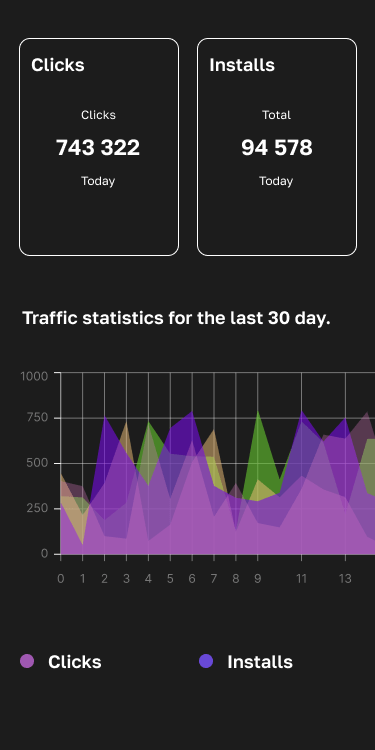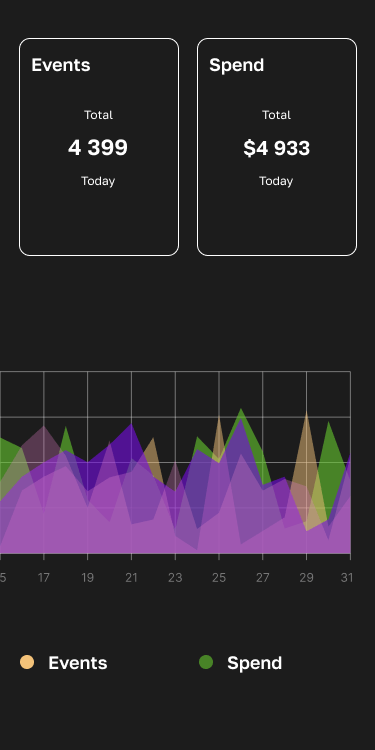The countdown to life after GAID has begun: Google’s latest roadmap confirms that Android Google Mobile Ads SDK versions 22.x will sunset in June 2026, marking the final retreat of cross-app IDs that powered a decade of remarketing. As identifiers fade, a quieter revolution is gathering pace inside the phone itself. Major Android manufacturers—Samsung, Xiaomi, OPPO, Vivo and others—are opening OS-level pipes that let brands re-engage users without dropping a single line of SDK code.
What “zero-SDK” really means
Modern OEM ad stacks sit one layer beneath your app:
- Signal harvesting at the package manager – The OS already tracks install, uninstall, last-open time and version for every bundle on the device. Those events are exposed—aggregated and privacy-safe—through each OEM’s advertising console.
- Encrypted audience lists – Xiaomi’s Mi Ads, for instance, accepts hashed device IDs or GAIDs to build custom clusters; the same workflow will pivot to Privacy Sandbox’s on-device “Protected Audience” lists as GAID disappears
- Native delivery surfaces – System push notifications, dynamic reinstall prompts in the app drawer, home-screen folders, and in-store banners all run straight from OEM servers—no third-party tracker, no open exchange.
Because everything happens inside the firmware sandbox, bot traffic and click-spam practically vanish, giving marketers a clean, deterministic re-engagement feed.
First-party signals you can already tap
- Install / Uninstall flag – win back recently churned users while the brand is still top-of-mind.
- Last launch timestamp – re-activate sleepers once they cross a 7-, 14- or 30-day threshold.
- Device SKU & price tier – push premium features to flagship owners; offer lightweight builds to value phones.
- Region & carrier – trigger geo-specific promotions or data-friendly bundles.
- In-store keyword intent – some OEM stores expose recent search terms, letting you tailor creatives on the fly.
All data stays on the handset until aggregated, aligning with GDPR, CCPA and Sandbox privacy budgets.
Building your first OEM retargeting play with Qi Ads
1. Export dormant cohorts from your MMP or CRM (device IDs, churn flags, lifetime value).
2. Upload or stream the list to Qi Ads; our gateway encrypts and routes it to each OEM’s API.
3. Pick surfaces & KPIs – push for instant re-opens, reinstall banners for wiped apps, or store tiles for upsells.
4. Bid on post-re-engagement events (level complete, purchase, subscription) rather than vanity opens.
5. Track uplift – early adopters see 20 %+ higher Day-1 return rates versus social retargeting, while CPMs run ~30 % lower on largely uncontested inventory
Qi Ads unifies dashboards, creative specs and billing across Samsung, Xiaomi, OPPO, Vivo, Huawei and more—so one switch turns on global reach.
Tactical tips for 2025 launches
- Segment by recency and spend—treat a seven-day lapsed whale differently from a 60-day casual.
- Localize copy aggressively—Xiaomi allows 30-character titles and emoji in push templates; tiny tweaks can swing CTR by double digits.
- Respect regional guardrails—some OEMs flag aggressive pushes in India and Western Europe for manual review.
- Future-proof the pipeline—start testing hashed GAID → Protected Audience mapping now to glide through the 2026 sunset.
Why move now?
OS-level remarketing offers three super-powers traditional channels can’t match:
1. Native attention at the very moment users interact with system UI.
2. Fraud immunity thanks to closed, first-party delivery paths.
3. Privacy insulation from the identifier clampdown reshaping digital ads.
Add in leaner CPMs and higher reactivation rates, and SDK-free OEM retargeting becomes the most capital-efficient lever in your 2025 growth stack. Qi Ads can switch it on in days—no new release cycle required.










